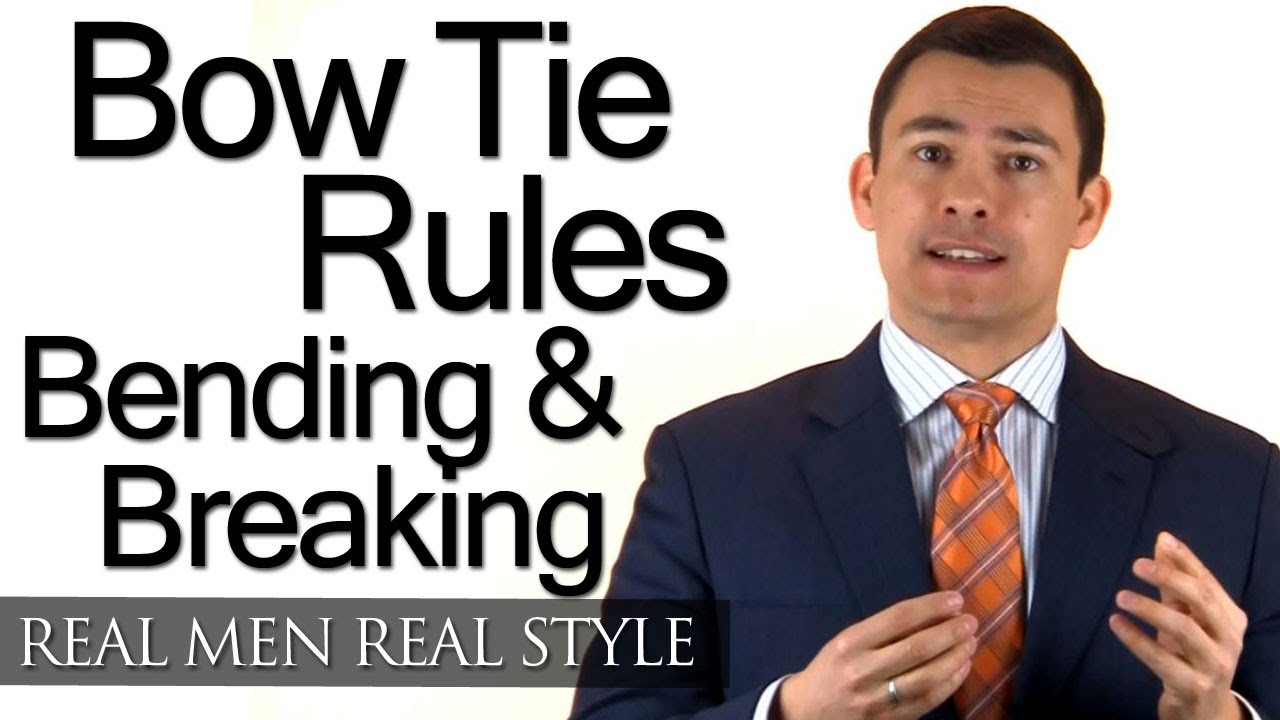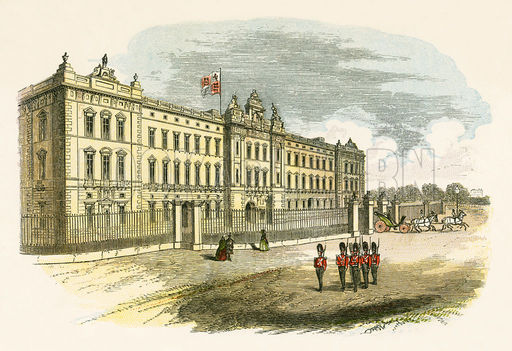Now, you still may be asking yourself, should I hire a digital agency for my business? Start by preparing internally, and writing down your objectives. Understand why you’re considering hiring an agency. Be clear about your business reasons for conducting an agency search.
Think this through before committing to an agency selection process, which takes time and resources by all parties involved. How do you go about this? Well, you need to answer yes to at least one of these four questions.
Do you or your team constantly say, “I’m too busy to get all this work done?” Do you lack the resources or capacity to get the job done? Does your internal team lack the necessary capabilities and experience? Perhaps you don’t need or have the budget or desire to hire full time staff internally to address capability gaps. Do you lack new, innovative ideas and a fresh external perspective?
Maybe you need education about technology and web design or social media. Or, maybe your creative is uninspiring, expected and doesn’t engage your target audience.
Do you need better or more frequent content? You may be able to update your brand’s Facebook page here or there, but do you struggle to find content and resources to interact with and engage your followers in real time?
If you’ve answered yes to any of these questions, you’ve identified at least one business reason to begin an agency selection process. Understanding why you need an external agency provides insight and direction to agencies about which business need you need to solve. An external agency should augment your resources and capabilities in a cost-efficient way to develop inspiring, effective digital marketing campaigns.
James Hendriksen, marketing expert from HowDoDesign.com, told us “for your agency selection process you’ll need to determine the internal review team. Choosing a new agency is definitely not a one person show. Usually the challenge is not finding people to participate, the challenges are limiting the review team to only essential people and clearly defining their roles and responsibilities up front. “
Choosing a new agency can be exciting and fun, but it’s also a serious time and resource commitment. Let me explain who should be on the internal agency selection team and why and how to define roles for each member to ensure a smooth and collaborative process.
In my experience marketing should definitely lead this effort. This may sound obvious, but you’d be surprised how many times this doesn’t happen. For example, sometimes procurement or a non-marketing senior executive can take charge which typically doesn’t lead to the best process or agency selection, because they’re not the people who work with the agency every day or really understand the deliverables.
It’s best to include people who represent other relevant disciplines in the company. This varies by company organizational structure and culture but basically whoever will in a significant way be involved with the new agency should have a seat at the table.
There are some examples of disciplines that tend to be involved. Marketing, an executive sponsor, business unit representation, sales or operations, procurement or finance and sometimes internal or corporate communications. Choosing the total number of people also will vary by your structure and culture. But generally you want at least three to four people and not more than eight to ten people. Make sure to check with everyone you invite if they’re prepared to commit time to this process.
Once you’ve identified your team, who will be responsible for what throughout the process. Be clear about roles and responsibilities to get everyone’s buy in about their purpose on the team up front. There are a ton of different models and ways to go about this, so let’s keep it simple and focus on the three most important. Those who are decision makers or consulted or informed. Let’s break it down.
Decision makers have a vote to make the final decision on which agency you choose. At least one senior marketing person should be a decision maker.
People who are consulted are subject matter experts who’s opinions are sought at certain times within the process to evaluate an agency’s capability in a specific area. This is a two way communication that begins before a task is completed. And then there are people who are only informed. This is a one way communication to keep people up to date about the process, typically upon completion of a task or deliverable. They don’t have a final say on any decision.
Last but not least designate one consistent point person to be the liaison between the internal selection team and all the agencies. This will create consistent and efficient communication throughout the process.
This point person will organize and lead meetings, document decisions and report progress to senior executives. This could be a member of the marketing team, a person who championed the search or a project manager with experience leading long and complex projects.
With the right team in place and an organized point person and defined roles, the group and process will keep on task and on time.
Next, let’s talk about the schedule, or also called a timetable. A schedule helps you get people’s attention and commitment when you need it, and keeps the process moving forward in a timely and organized way. I recommend using a basic spreadsheet that people are comfortable using, such as Excel. So what are the key tasks in the schedule? How long does each task take? How do you communicate the schedule to the team? For now, we’ll only talk about the tasks in the schedule.
Throughout the rest of this course, we’ll discuss more specifics about how to accomplish each task. Task one, get organized. Capture the analysis and decisions you’ve made so far. This includes names of team members and their designated roles and responsibilities. Include a step to discuss the budget. The internal team should agree on a general range that’s affordable for year one and looks ahead to year two. You don’t want the agencies to recommend a plan that’s either way over or way under your budget.
Task two, define your search criteria. What are your expectations of the agency? What defines success? Decide which characteristics you’re looking for in an agency. For example, which strengths are most important? What capabilities do you need? What’s relevant experience? How do you define a compatible culture? What’s your desired agency size? And how will you weigh each of these criteria? Task three, research potential candidates.
Which agencies would you like to learn more about? Typically, companies send what’s known as a request for information, or RFI, to potential agency partners. The RFI gathers information before formally engaging an agency about a marketing proposal. It should be a brief number of questions agreed upon by the team. Task four, write the RFP. After narrowing your search, you’ll then create a Request for Proposal, or RFP, from your semifinalist agencies who have made the cut from the RFI.
The RFP is a more formal request for information, takes much more time to respond to, and offers the opportunity for both sides to learn more about each other and the possibility of working together.
The RFP dives deeper into your agency requirements, and includes legal contract terms and compensation. The agency will ask lots of questions as they work and prepare a response to your RFP that they hope will win your business. Be fair and give equal time to each competing agency.
Be available for both formal and informal meetings of conversations. This is how you really get to know an agency. It’s culture, way of thinking, and capabilities. This task four takes the majority of time in the process, figure at least from four to 10 weeks.
Task five, the pitch. Following the RFP, the team may invite all or a narrowed down list of agencies to present their thinking. Plan meetings with each of the agencies, allotting the same time for each one, and make sure all team members and decision makers are present for the pitch.
Prior to the meetings, give the agency a list of names and titles of those attending, and meet with the internal team to review your criteria and evaluation guidelines. This task generally takes two to four weeks. Task six, agency selection. Provided a template to team members and decision makers for them to rate each agency on the criteria for evaluation.
Once the team decides on a direction, you’ll finalize compensation and contract negotiations. An entire typical agency search usually takes three to five months, but varies depending on your size, scope of work, and scheduling conflicts.
Breaking down this process into a series of well defined tasks will help you stay on schedule for an effective, successful agency search process. And remember communication is key. Include key communication updates throughout your schedule so you can be sure the team and decision makers are up to date on the search progress and aware of milestones along the way.
Now you’re ready to chose which agencies to invite to your selection process. Let’s talk about how to research agencies, develop a list, and narrow down that list to the optimal number. Think about the role of digital marketing to obtain your business objectives, and your goals for the agency partnership. Develop a template with criteria to evaluate agency options. This’ll keep everyone in agreement about the desired end result and lessen the potential for unproductive debates. Next, begin your research.
Start by consulting people inside your company who have experience working with agencies and leading or participating in an agency selection process. They’ll probably know a few agencies by personal experience or reputation and will have valuable insight.
Do an online search to evaluate agencies. Their capabilities, case studies, client lists, and websites. Decide how to define your competition. Meaning, how close in or far out to your industry. This will have a definite impact on which agencies you invite, because you don’t want competitive conflicts.
Referrals are a great resource. Check with trade associations like the 4A’s, which is the premier trade association representing the ad agency business in the US, to help you choose agencies based on your desired location, capabilities, industry experience, and other criteria that you decide are important. Talk with people outside of your company. This could be previous colleagues, or other contacts in your professional network. They may have insight about agencies or the process.
Perspective outside of your internal team can be helpful. LinkedIn is a great tool to search your network for relevant contacts. Once you’ve completed your research, narrow down the list of candidates. Here’s a four-point checklist.
One, determine the right size agency for your business. Small agencies can offer a more personal touch from senior executives. The team you meet at the pitch will likely be the same team you will work with every day. A creative director in a smaller agency often touches every piece of creative.
Large agencies have more capacity and resources to help your business grow and succeed. It’s likely there will be several agency team members servicing your account, and access to many agency resources at your disposal, including lessons learned from their other clients all around the world. While there are benefits to hiring small and large agencies, finding the right size for your agency is really all that matters. Two, review agency’s case studies, which should include the strategy behind the creative and how the campaign performed in market.
What business or marketing problem did the agency need to solve? What insights about the customer, brand, or business did it uncover and leverage in the creative process? A great agency will share case studies that demonstrate their ability to understand business objectives, recommend solutions, develop best in class creative, and demonstrate in market success. Three, assess the agency’s capabilities. Be clear on what capabilities you need from an agency, and select an agency that can deliver.
Make sure the agency is well experienced in whatever capabilities you need, whether it’s social media, web analytics, website design, SEO, or others. Four, hire the culture. Assess the agency’s core values to make sure they’re a good match with your culture and team. Favor agencies that will be a true extension of your business and team. Collaborate, positive, enthusiastic, innovative, and proactive. Be discerning as you use this checklist to decide on which agencies you invite to the RFP process.
I recommend including at least three agencies, and no more than five to six agencies. Inviting too few agencies might require you to start the process all over again if none of them meet your criteria. Or inviting too many agencies may make the process much more complex and time consuming.
Some of you may have a creative team internally at your company who will need to work with your external agency. You’ll need to define how your internal creative team will engage with the external agency. Why is this important? A shift is happening.
And the lines between agency and client side creative teams are blurring. Clients are hiring really creative talent from top agencies to improve their internal creative capabilities. As client side creative groups get stronger, agencies view collaboration with an in-house agency as more important that ever.
Let’s discuss a few tips to define how your internal creative team might work with an external agency. One, start off right at the beginning. Involve the internal creative team at the very beginning to the agency search process. Be sure your internal creative team is at least part of the consulted groups and perhaps the decision-maker. They can review agency creative portfolios, and RFT responses, be present during the pitch presentations, and share their point of view about the various agencies.
Two, help align internal and external creative teams. They can meet alone, without you or other disciplines involved. You might be surprised at the outcome. The internal creatives might be relieved that you’re hiring an agency to relieve work load pressures and collaborate, for example, on an email or online banner ad, or online brochure. Both teams will share their points of view, creative approaches, and working styles which reduces tension and builds trust.
Clarify roles and responsibilities between internal and external creative teams. For example, the external creatives might develop the work for Facebook homepage. Whereas the internal creatives may review that work to make sure it’s aligned with the brand and other efforts being worked on.
Three, involve both teams in all or some creative projects depending on how you define roles and responsibilities, the external agency’s compensation, and overall work load. For example, in some companies, every new creative brief is reviewed with both the internal and external creative teams to align the brand and integrate across touch points ranging from search key terms to website updates.
Four, have the internal creatives review work before the external agency presents to the marketing team. This is otherwise known as the presentation before the presentation. For example, the internal creative team can review head or photo options the agency recommends for the brand’s Twitter page, to make sure it meets brand guidelines.
Since the internal creative team was involved in the briefing, they’ll offer insightful feedback from a brand and internal cultural perspective to help steer the creative product.
This will be beneficial to the relationship and work. If both teams are on board, the buy in process will smoother, and the final creative product will be better. These are a few tips for you to think about. They’ll vary based on organizational structure and culture.
Whichever tips you use, remember that the trend for collaboration between internal and external creative teams is expected to grow. So there’s great opportunity for this new creative partnership to result in even better and smarter work.








